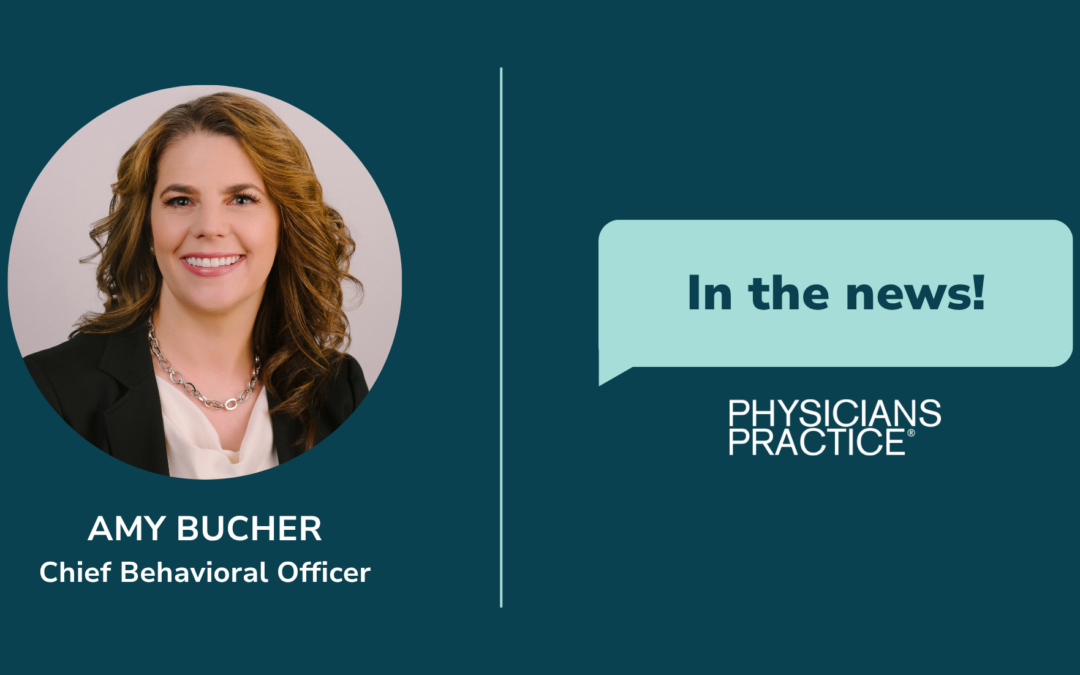As of 2023, approximately 194 million U.S. adults—representing 76.4% of the adult population—reported having at least one chronic condition. Notably, 51.4% (about 130 million adults) reported having multiple chronic conditions.
These conditions are not only common—they’re also costly. The U.S. spends the vast majority of its healthcare dollars on treatment, not prevention. And yet, the evidence is clear: Preventive care offers substantial benefits over the long term, both for individual health outcomes and for controlling system-wide costs.
Still, our healthcare infrastructure, reimbursement models, and clinical workflows tend to focus on reactive care. Patients often prioritize acute issues, and providers are incentivized to treat problems rather than prevent them. While fully shifting to a prevention-first approach will require systemic change, there are ways we can begin to align our clinical experiences with preventive goals—starting with primary care.
